Gifted and twice exceptional people who experience “overexcitabilities” respond to stimuli in a much grander way than the typical population. In order to support our children, students and clients, as well as our gifted and 2e adult selves, we must honor these sensitivities and recognize when we are approaching the limit, entering the “red zone” or when the bucket is ready to overflow. Sometimes the “breaking point” occurs in response to a trigger that seems innocuous – perhaps because the person experienced many such offenses prior to this last one, or because the trigger speaks to a deep sense within the person’s unique character. We must show compassion and understanding even if the behavior and huge feelings we witness, seem disparate to the trigger.
I was reminded of this the other day when I received a chain letter on Facebook. Receiving a chain letter for a gifted or 2e child who is emotionally overexcitable can be earth shattering. You know the letters I’m talking about, the ones that implore you to share or forward if you… “love your children,” “want world peace,” “agree that women are equal to men,” for example. I remember being a young child, probably around nine years old, and receiving a chain letter the old fashioned way – in the mail. The letter was hand-written and instructed me to write and send ten more similar letters if I didn’t want something terrible to befall my family. Well, obviously I didn’t want that, just as today I love my children, want world peace and agree that women are equal to men. Enter existential crisis for the nine year old.
Let me back up and begin this story at the beginning. That afternoon I went to the mailbox to get the mail as one of my parents requested. I saw a letter addressed to me…TO ME! Incredible excitement. I ripped it open, still standing at the mailbox, and there it was, handwritten (this made me think the sender must know me personally), a letter telling me what great or horrible things could happen to my family depending on my next move. I was paralyzed. I stood there crying until I ran into the house to bury my head in my pillow. It wasn’t that I couldn’t write the letters (dyslexia or dysgraphia certainly would have compounded my stress), it was the immediate realization of what do I do now? I didn’t want to spend my time writing the letters and to whom would I send these letters that would undoubtedly – in my mind – cause the same crisis?
From my parents’ perspective they were a bit perplexed at how getting the mail could cause such a huge reaction. Once they understood my dilemma, they became very angry (emotional OE tends to run in families!) at whoever the sender was. It took a long time, but my parents finally convinced me that it was just a hoax, the person sending the letter wanted to see how many letters he/she would get back. But I remember worrying for more than a short time that something bad would befall us. That I’m remembering and writing about this experience almost forty years later, is telling.
Now with social media and email, I get chain letters all the time; and they still drive me crazy. The other day I received a chain letter on social media (share this post if you love your sister) and it got me thinking. These types of seemingly innocuous events happen all the time in gifted and 2e kids’ lives only they are anything but innocuous. Since gifted and 2e people make more and broader connections, struggle with injustice and tend toward black and white thinking, chances are, a chain letter, an insult, or a look may elicit a bigger response than was expected or intended. As gifted and 2e kids’ feelings are hurt over and over or they are misunderstood over and over, they develop a hard shell and may be unable to communicate how or why someone’s words or actions truly affected them. They may be sick of hearing how “oversensitive” they are, or they may realize that the more they react, the more frequently kids test them; like little scientists shocking the frog.
Thinking of our kids (and ourselves) like buckets helps us understand responses and intense behavior. Each challenge is a drop in a bucket. When we get to that one last drop, the bucket overflows – behavior explodes. Of course, some challenges are worth more than one drop. It’s imperative that parents and teachers monitor how close their kids and students are to the “fill line,” and for kids to learn how to determine where their buckets are and what to do to empty them from time to time. The best way to do this is to know your kids/students. Know that their behavior is communication; that they need help when they lose control and that you may have no idea what it was that just caused them to overflow. Understanding and honoring their sensitivities helps them remain “good ‘til the last drop.”

Author: Julie F. Skolnick M.A., J.D.
Julie Skolnick, M.A., J.D., is the Founder of With Understanding Comes Calm, LLC, through which she passionately guides parents of gifted and distractible children, mentors 2e adults, and collaborates with and advises educators and professionals on bringing out the best and raising self-confidence in their students and clients.


